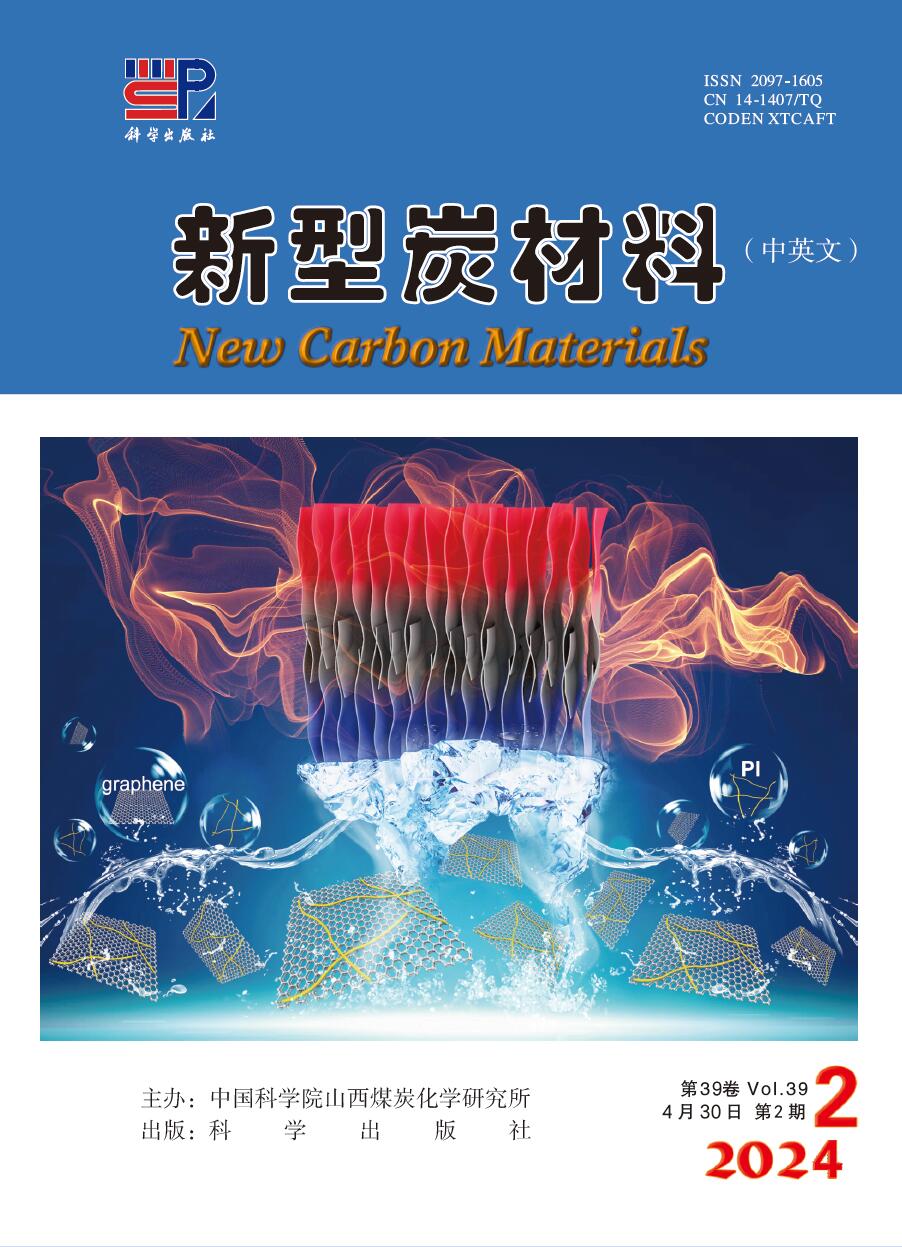2010 Vol. 25, No. 01
2010, 25(01): 1-8.
doi: 10.1016/S1872-5805(09)60011-1
Abstract:
2010, 25(01): 9-14.
doi: 10.1016/S1872-5805(09)60012-3
Abstract:
2010, 25(01): 15-21.
Abstract:
2010, 25(01): 22-28.
Abstract:
2010, 25(01): 29-34.
doi: 10.1016/S1872-5805(09)60013-5
Abstract:
2010, 25(01): 35-40.
doi: 10.1016/S1872-5805(09)60014-7
Abstract:
2010, 25(01): 41-47.
Abstract:
2010, 25(01): 48-52.
Abstract:
2010, 25(01): 53-59.
doi: 10.1016/S1872-5805(09)60015-9
Abstract:
2010, 25(01): 60-64.
Abstract:
2010, 25(01): 65-70.
doi: 10.1016/S1872-5805(09)60016-0
Abstract:
2010, 25(01): 71-74.
Abstract:
2010, 25(01): 75-78.
Abstract:
2010, 25(01): 79-80.
Abstract:


 Abstract
Abstract PDF
PDF

 Classified Collection
Classified Collection

 Email alert
Email alert RSS
RSS Download
Download Links
Links

